The man who took down Kasparov- Vladimir Kramnik
In our 4th episode of Olympiad stories with Saravanan, we focus on the 14th World Champion Vladimir Kramnik. Kramnik arrived on the world scene in 1992 at the Manila Olympiad with a score of 8.5/9. He beat many strong players like Van Wely, Nunn, and Seirawan among others. His performance rating was over 2900! This was the stage where he broke through and eventually went to defeat Garry Kasparov in the World Championship. In this episode, you get to know not only about the 1992 Olympiad and Kramnik's games but also about the kind of person that Vladimir is.
The 17-year-old with a bohemian lifestyle
IM Sagar Shah (SS): Saravanan, we have talked about so many Olympiads. We spoke about Vishy Anand in the Olympiads, and we spoke about Judit in the 1988 Olympiad. We also spoke about Kasparov in the '82 Olympiad. Who's the personality today?
IM Venkatachalam Saravanan (VS): My one other hero of the Olympiad is definitely Vladimir Kramnik. I would love to talk about him. Kramnik burst onto the world stage at the Manila Olympiad, in 1992. What a performance, 8.5/9!
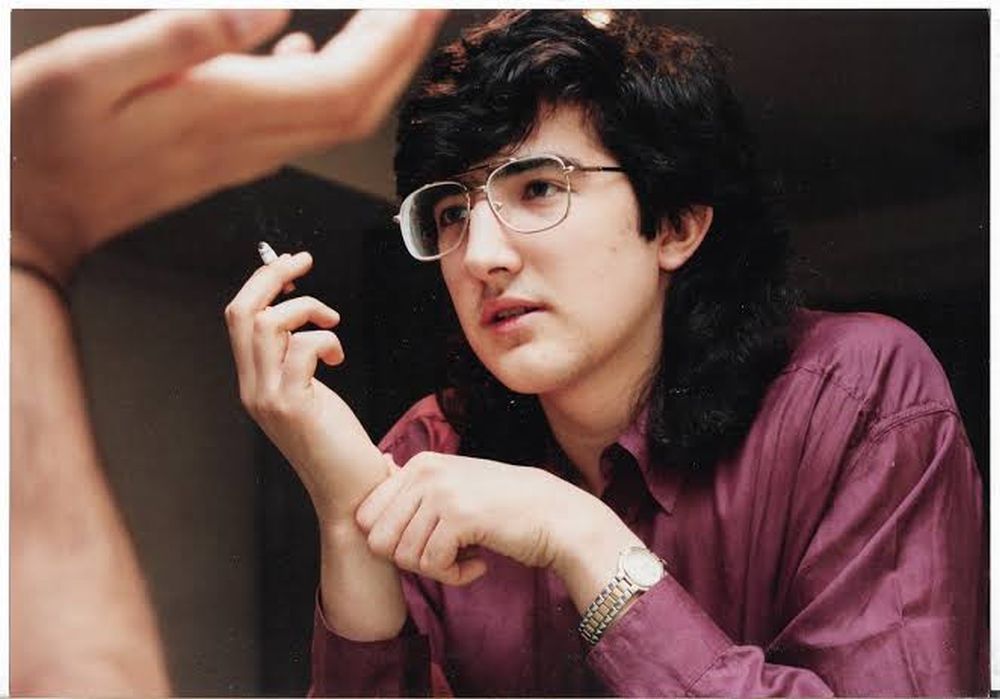
Do you know who was second in that Olympiad, performance rating-wise? Kramnik was the reserve Board no.1, so all the other boards combined after Kramnik, the best chess performance was by Garry Kasparov! No one remembers that, because Kramnik's performance was so mesmerizing. His performance rating was something like 2938. On the first board, Kasparov scored 8.5/10, but Kramnik took the world by storm in that Olympiad. There is a beautiful book written by Carsten Hansen, his manager on Kramnik. There are some photographs of Kramnik, in one of them he's smoking a cigar, obviously in the bar, enjoying a wine in the evening.

That Vladimir Kramnik, with the long hair, scoring 8.5/9, in the process defeating John Nunn in a brilliant game in the last round. I can never forget these games and the way Kramnik burst into the world scene. It's simply amazing!
SS: I think he was 18 or 19 years old at that point. He was not even a grandmaster perhaps, he hadn't got the title. The thing that I know about Kramnik is that he did not become an IM.
VS: You know, today Vladimir Kramnik speaks and we all listen to his wisdom and deep knowledge and insight of chess. But this photograph will stay in my memory forever. He's 17 years old at this point.

SS: Look at him, he's just so confident he's walking on the stage with his long hair. I think he was not even selected for the team in terms of rating.
VS: He was brought in by Garry Kasparov. Kasparov handpicked him basically, and he was made as a reserve one. He more than justified his selection! When these games were published, it was obvious that we had a special talent in our midst. If I remember the team correctly, it was Kasparov, Khalifman, Dolmatov, Kramnik, Dreev, and Vyzmanavin. I think these were the 6 Russian players in the Olympiad.

Others in the team were kind of veterans and well-established Russian players. It was amazing to bring a 17-year-old. I mean, you are almost putting your reputation on the line! Mind you, There was no Anatoly Karpov in the team. But there was Kramnik in the team, and he produced a simply brilliant performance.
SS: By that point, I think Kramnik was known to Kasparov, because he was working in the Kasparov-Botvinnik school.
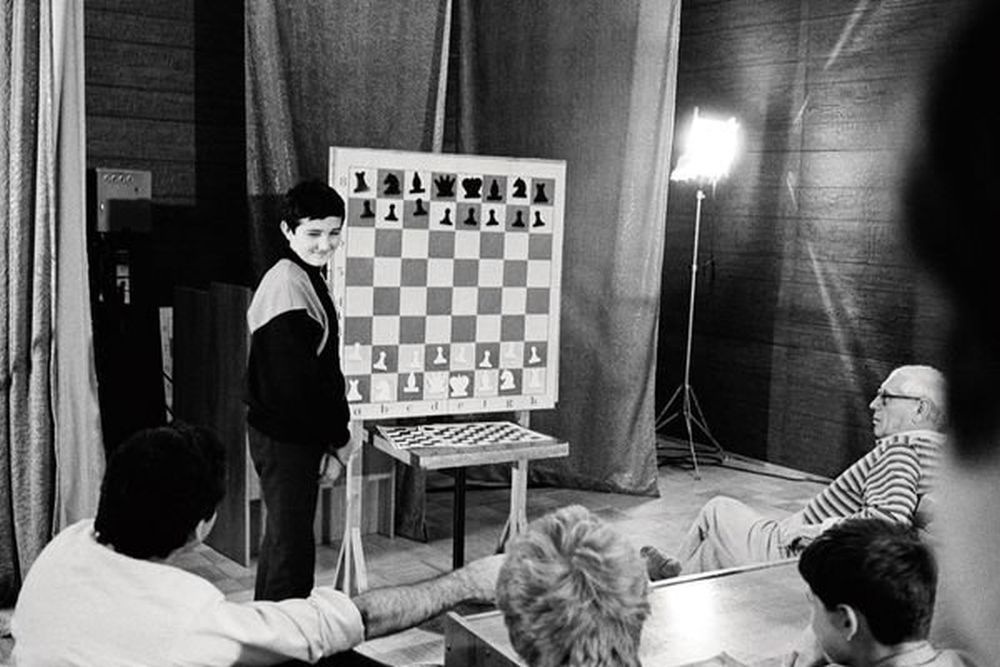
So he must have seen his talent, but this is also another thing about Garry, right? He kind of gave this opportunity to Kramnik who went on to become one of the best in the world. And later on, he did beat Garry himself eight years later.
VS: It is considered one of the tactical mistakes that Kasparov made in his career: To bring in Kramnik as one of his seconds for his match against Anand in 1995.
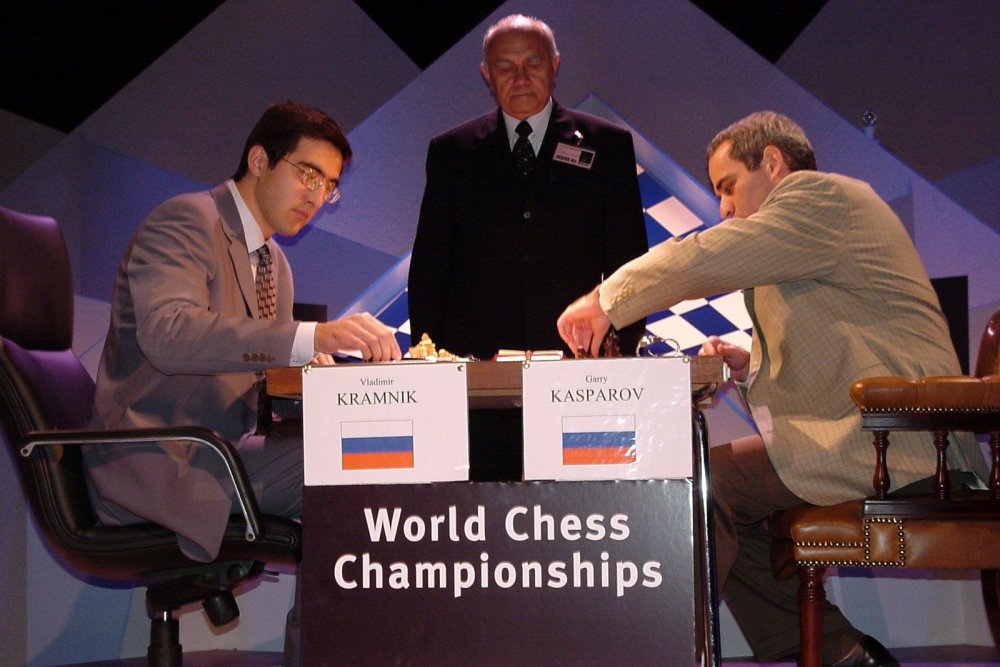
Sitting next to Kasparov, Kramnik learned all the tricks of the trade, that's what basically they say. It was one of the tactical mistakes, but Kasparov always patronized Kramnik which started with this Olympiad. Who can fault him at the end of the day? We all got a genius for the chess world, thanks to Kasparov.
SS: I think one of the things about Kramnik which I have seen over the years, and he has had a very long career, is his ability to kind of switch his styles of play. Like at every point he would have a unique style. But I knew that at some point, he had become an ultra positional player. He was playing these Catalans and was very strong positionally. Then towards 2012/2013, he started playing e4 once again, and he wanted to ignite that attacking style in my play.
VS: In my opinion, the biggest strength of Kramnik was his ability for research., and his ability to put up openings on the world stage, which were championed by him and invented by him. You know, there is this interesting theory. Let us go back to the Kasparov-Kramnik world championship match in 2000. What's the main reason you think Kramnik won this match, in your personal opinion?
SS: The Berlin, right?
VS: This is basically what everyone says, the Berlin Defense. He played the Berlin with the Black pieces, but does anyone remember what was the opening he played with the White pieces, which stonewalled Kasparov's King's Indian? It was the Bayonet attack.
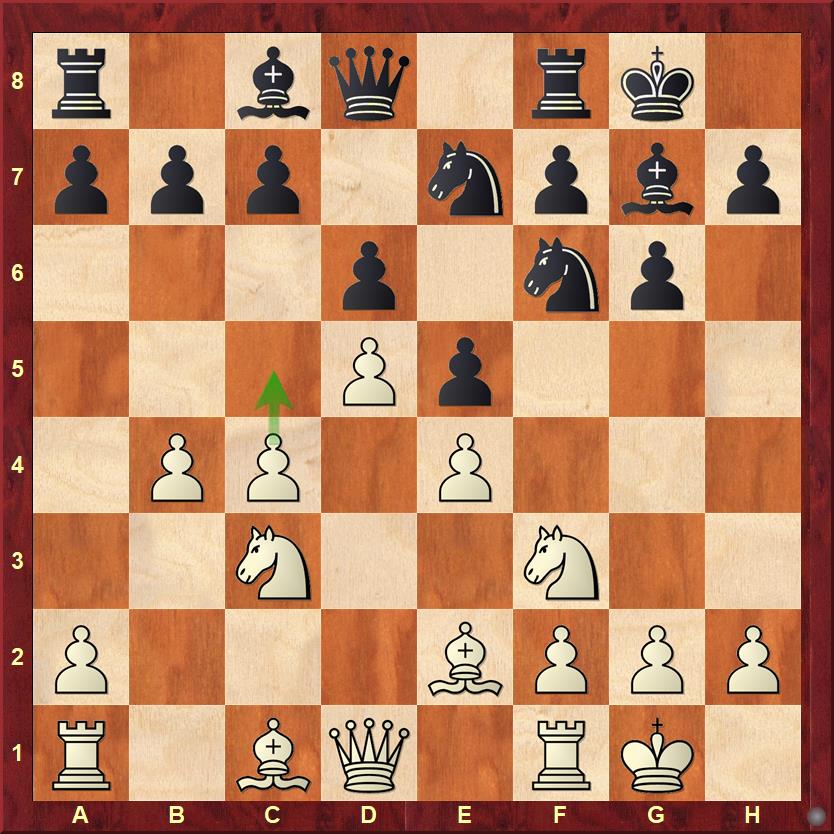
According to many top Grandmasters. Kasparov could never crack Kramnik's Bayonet attack. So with the black pieces, he missed one of his biggest weapons. In that 2000 match, he had to go back to the Grunfeld defence. Yeah. I mean, he didn't employ a single game of Kings Indian. There is a very interesting observation by Lev Psakhis. He asked Kasparov somewhere in the late '90s, "Why have you stopped playing the Kings Indian?" Okay, Kasparov didn't openly admit it's due to Kramnik. He said
To play Kings Indian on a daily basis, to find resources in places where it appears so gloomy for black, what you need is Kharosh.
Kharosh is a Russian word, which translates into English as "Inspired guts". It's a little different from courage. You have to be gutsy because almost all the time, your back is against the wall. You're playing against a huge, huge space advantage for white, and what appears to be a bad Bishop all the time on g7, if the center gets closed.
Even the mighty Kasparov had to quit the King's Indian because of Kramnik's Bayonet and then came the Berlin defense. Before that, Kramnik had employed Petrov's defense very well. There's so many inventions over the years, as Vishy Anand said,
We all play Vlad's openings.
I think Kramnik brought something very fresh to the table. There's no doubt that Kasparov was a researcher on the chess board, he has resurrected so many openings. The Sicilian Najdorf will always live on as an opening that was championed and promulgated by Kasparov. But at the same time, this is a little different- the Berlin Defense, the Bayonet Attack, etc. It's a little subtler than just coming out with guns and bang, bang, bang, like the Najdorf- there is a profound strategy there.
One of the other reasons why Kasparov lost the match in 2000 was, he should have simply quit e4 and played c4/d4. But knowing Kasparov's steadfastness to stick to something, that was also part of Kramnik's strategy.
SS: what would you say is the reason that Kramnik was so good at making these new systems? Many say that he had this chess brain- all the time, he was thinking about different things, different ideas, thinking about his opponents, but that is there for almost all the world champions.
VS: See, that's the point. You have players, you have inventors. Then you have people like Karpov who don't belong to both, and operate by intuition, and have spider-like web-creating qualities.
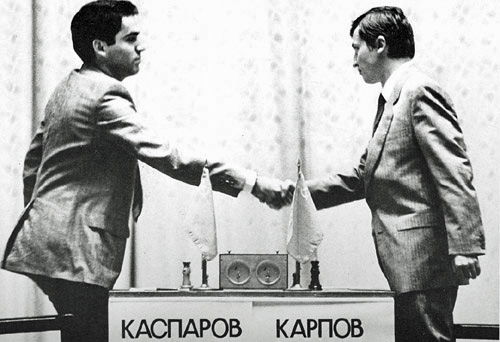
For example, in the 80's, when the chess informant would come (that was the opening manual for us at the time), leaving our heroes Kasparov and Karpov aside, we would look at the games of 2-3 players we used to admire a lot. One was Igor Glek, another was Alexey Dreev.
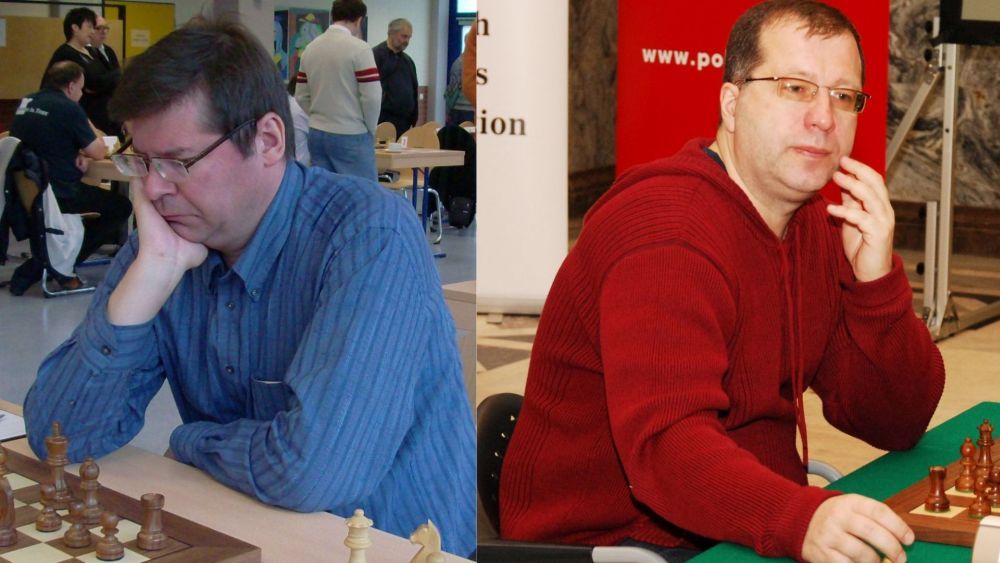
The reason was, they always invented something new. Their games would contain something new in an opening where you thought it was not possible to invent something. For example, in the Kings Indian defense with black pieces, Glek invented these systems starting with ...Na6.
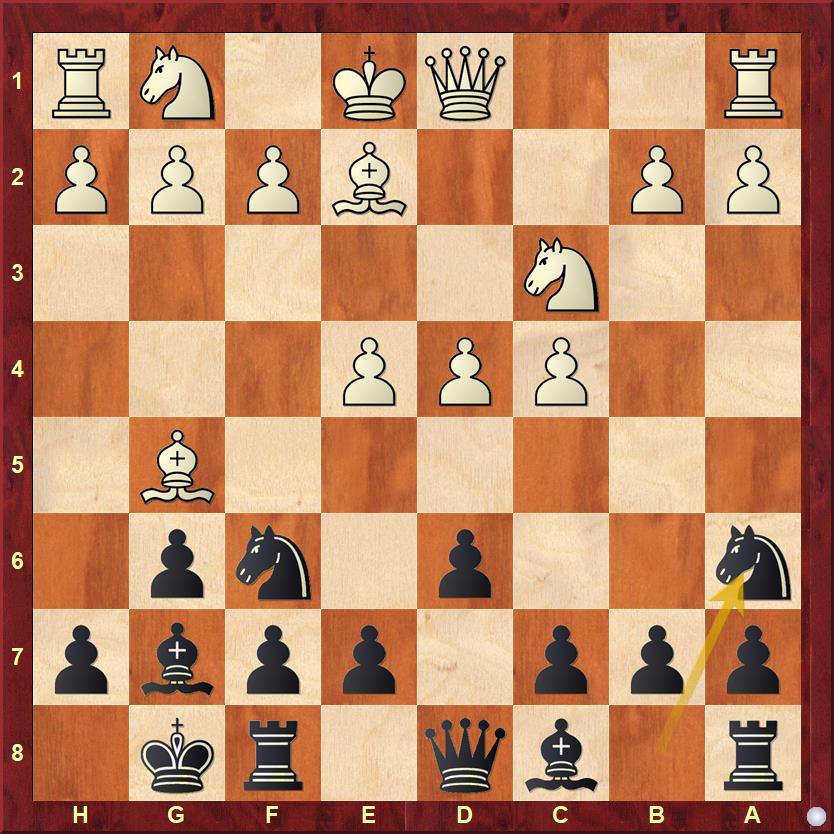
Before that, it was almost standard in the '70s and '80s to bring the Black knight to d7. Even Kasparov did this against Kramnik in many of the Blitz matches they played. This is the inventing quality in certain players, which I admire the most. Of course, players in the current time have taken it to a completely different level. Guys like Duda, Rapport, and Danill Dubov have taken it to a completely different level.

Now you have more and more openings where you can experiment. But in those days when information was sparse, to think, to invent something, come to the board, execute it, and then stand by your invention, that was very nice.
SS: This standing by the invention no longer exists I think. It's more like you create something, then you go to the next one. It's the same way we spoke about information. Before, a good story was savored. Now, there are these bits of information that come in the form of tweets, little reels, and shorts. The openings are also moving that way. You create a new idea, it works in a game, and you can't use it again because the engines will show a line to equalize. You have to keep moving. But Kramnik was from that era where you could hold your own, you could make opening strategies, then it would go on for years, the debate would go on, and he would find little nuances. And it kept on going and going.
VS: He just changed the whole landscape, right? I mean, whoever plays e4 has to dread the Berlin today. He was just a fantastic chess player.
Vladimir Kramnik vs John Nunn, 1992 Manilla Olympiad Round
SS: Maybe in '92, no one knew that Kramnik was a King's Indian killer.
VS: No, he was only 17 years old. He was an unknown commodity at the time.
SS: John Nunn, was of course one of the best players at that point.
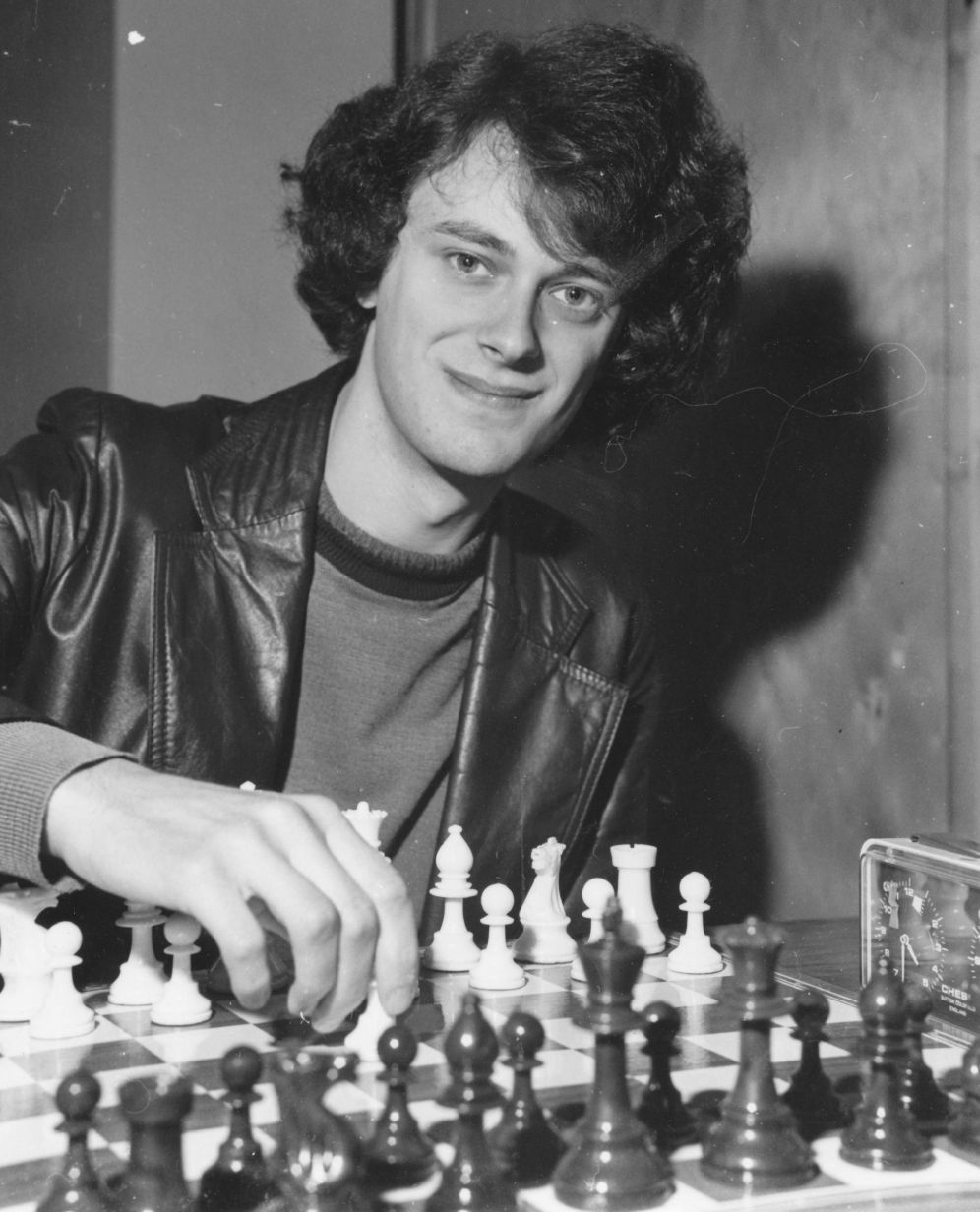
VS: Actually, John Nunn was one of our childhood heroes. He was an inventor and a dazzling player with a very attractive style. The English attack against the Najdorf was a result of John Nunn, Murray Chandler, and Nigel Short at the time.
This game was very curious for us, because a Kings Indian specialist like John Nunn was kind of butchered with the Black pieces against a young Vladimir Kramnik.

SS: This move 6...c5 was very interesting. I think at that point also, they knew that giving up this pawn gives Black good compensation on the dark squares.

VS: This is a well-known gambit from those days. Even in a queenless middlegame, Black has a huge compensation because of the Bishop on g7, the dark squares and the development advantage in general.
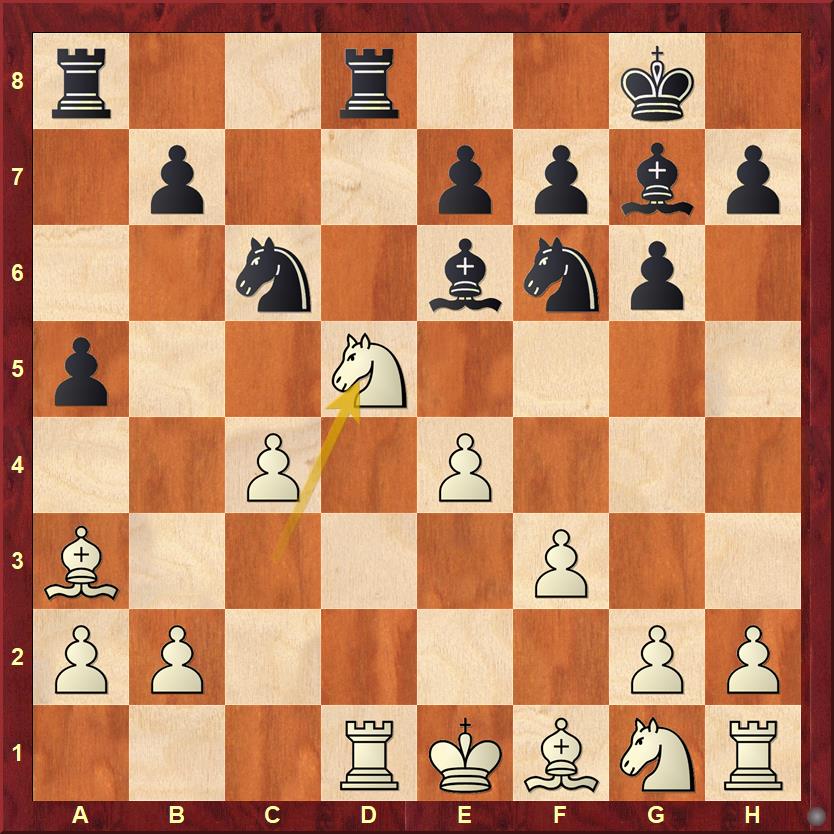
VS: This is another thing about Kramnik's play; most of the moves look so natural when they get played! There is a beautiful quote by Allan Lamb, the English cricketer about famous Indian Batsman Mohammad Azharuddin:
For Azhar, Cricket is just like eating. He just goes there and does it.

Similarly, pieces move very very fluently for Vladimir Kramnik. This is something I always admired, but his ability probably lay in choosing the right harmonious way to play. This is what I would suggest everyone should look at. Look how naturally the pieces move, and he gets an advantage, especially with the white pieces. Completely seamless!
SS: If you see him analyzing even today, there's a big clarity in the way he analyzes. He's not confused because of the engine evaluations, which happens to many great players. But Kramnik has his firm beliefs and he sticks by them, even if the computer is going the other way.
VS: There is a story which Vishy told me, there was a very early game of Anand against Karpov.
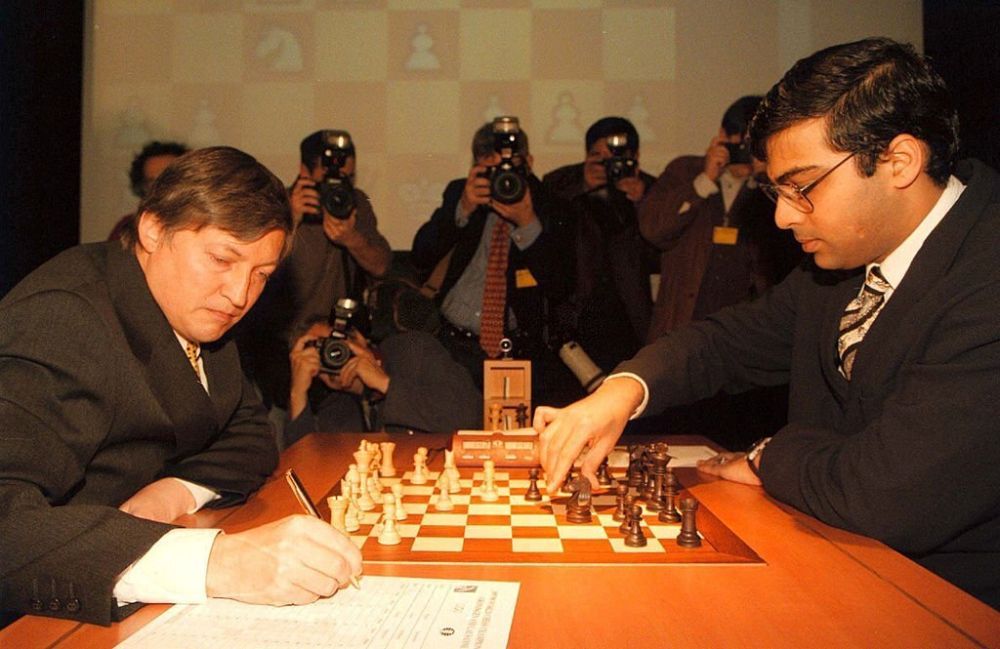
Karpov is completely losing, and he suddenly doesn't make his last move. There is almost nothing to play, he has to make a couple of moves and then he resigns. Then, Karpov takes a very deep thought for 10-15 minutes. A very young Vishy is like, what's happening? After two moves, he resigns and then proceeds to show where he was winning. Then Vishy realized, in that 10 minutes he was thinking about where he missed the win, so he can show it to Anand after the game [smiles].
Sasikiran, among Indian grandmasters, is one of those who's a very, very firm believer in the search for truth in analysis.

Sitting next to him and analyzing, I kind of learned the art of analysis in the later parts.
The ability to search for truth is a very, very important quality in a chess player, but it is also a quality that is missing in many chess players because by nature, chess players are extremely aggressive.
Especially when they lose a game, it is very difficult for them to admit that they've lost a game. I think Kramnik is one of them who is brilliant when it comes to searching for truth over the board in analysis.
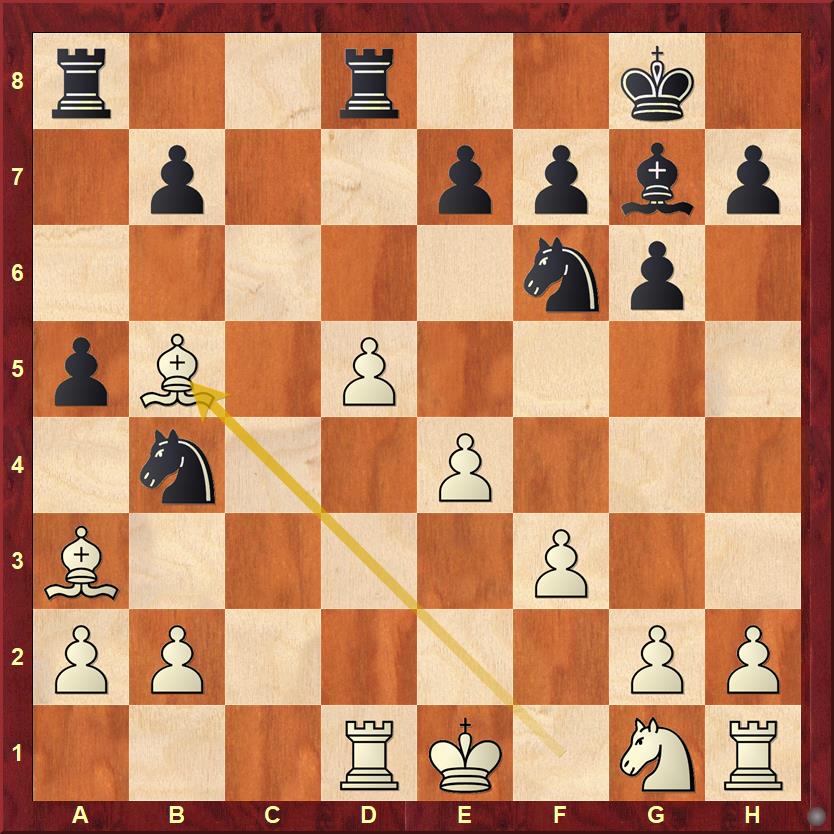
VS: This is the part where a very curious fact about Nunn's personality came out. Nunn was a very aggressive player who created many beautiful games. This was not a position where he should have played for activity, but the problem with John is that he has to play for activity as a personality. Later on, when this game was analyzed, a lot of theories came on that black should have played ...Ne8 here.

The point of ...Ne8 is to play ...Nd6, shut down the light-squared Bishop from b5, and you are kind of gradually coming towards the white position instead of acting immediately. But the problem with John Nunn is, he couldn't contain himself from playing actively here. He played ...Nc2+ followed by ...Nxa3.

In effect, it looks as if it's very good for Black because the dark-squared bishop is removed. This is basically where Kramnik took over the game.
SS: After 16...e6 17.d6 e5, Nunn probably thought he'll be able to round up the d-pawn as it's kind of weak. The game continued with 18.Ne2 Bf8 d7 Bxa3. To this point, the game was played between Van Der Sterren and Shirov in 1991. Kramnik found a very strong new idea- g4!
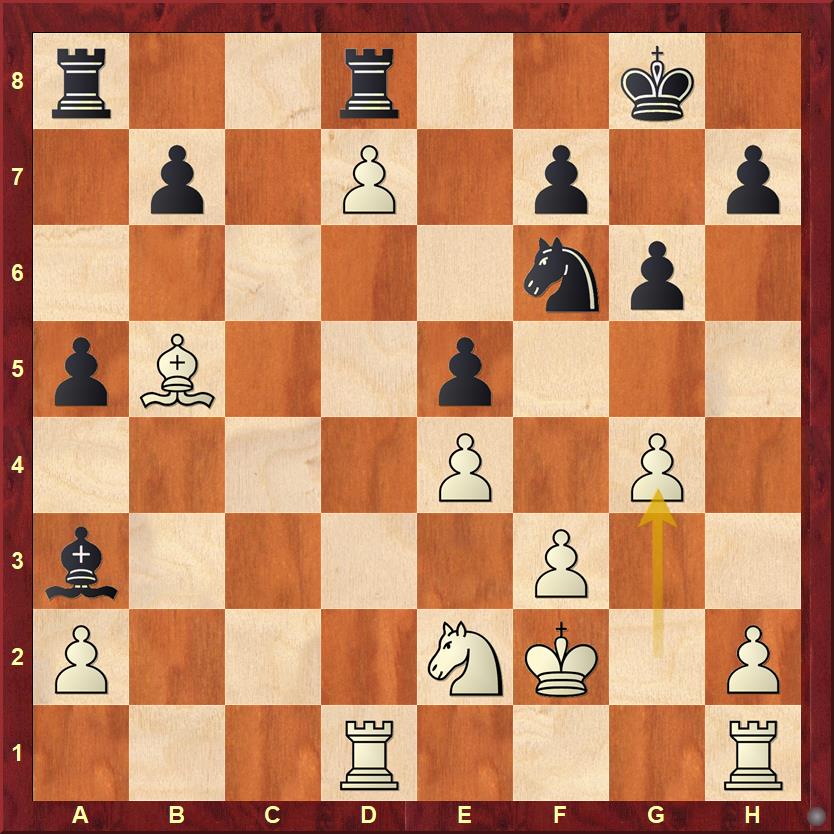
VS: After 20...h6 21.h4 a4 22.Rd3 Bb2, the whole game revolved around where is Kramnik going to break through. When we analyzed this game for the first time (me, IM TS Ravi, IM Konguvel). The idea Kramnik found here to actually break through was simply brilliant. It was a textbook way of pawn break. By the way, Kramnik considers pawn breaks to be a very, very important skill to develop in chess, which is almost never dealt with in many of the chess treatises. In this game, I really liked the way he crashed through in this position.
SS: Here, Kramnik played 23.g5 opening the position, the game continued 23...hxg5 24. hxg5 Nh7. You have to think about defending the g5-pawn, but Kramnik moved forward with 25.f4. What happens if I take ..exf4, isn't the g5-pawn still hanging?
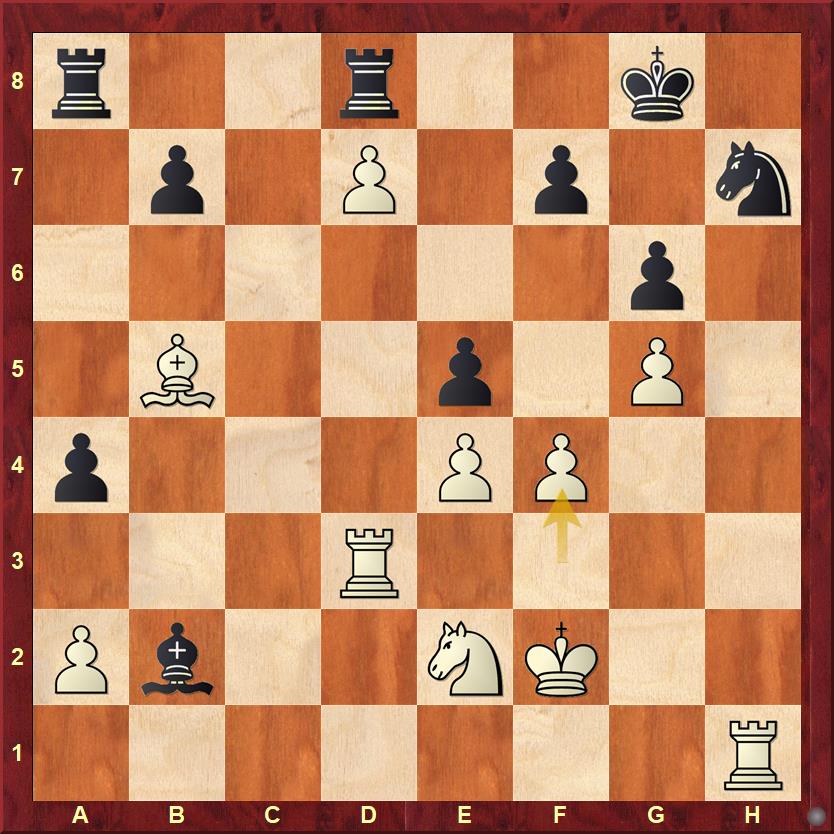
VS: This is the point: after ...exf4, White will play Rd5. The point of Rd5 is to support g5, and if you don't do anything, I'm going to just continue with Kf3 and Nxf4. For Rd5, you should try to come to the e6 square by playing ...Nf8, and White just plays Nxf4. Now the strength of the g5 and d7 pawn and the dominating pieces give White a very clear advantage. The game continuation is even more attractive, probably because Nunn didn't believe in this idea of f4 followed by Rd5. This is where my favorite part came!
SS: After 25.f4, Nunn played 25...Ra5, attacking the bishop. Kramnik went ahead with his plan and played 26.Rd5 and Nunn replied 26...f6.
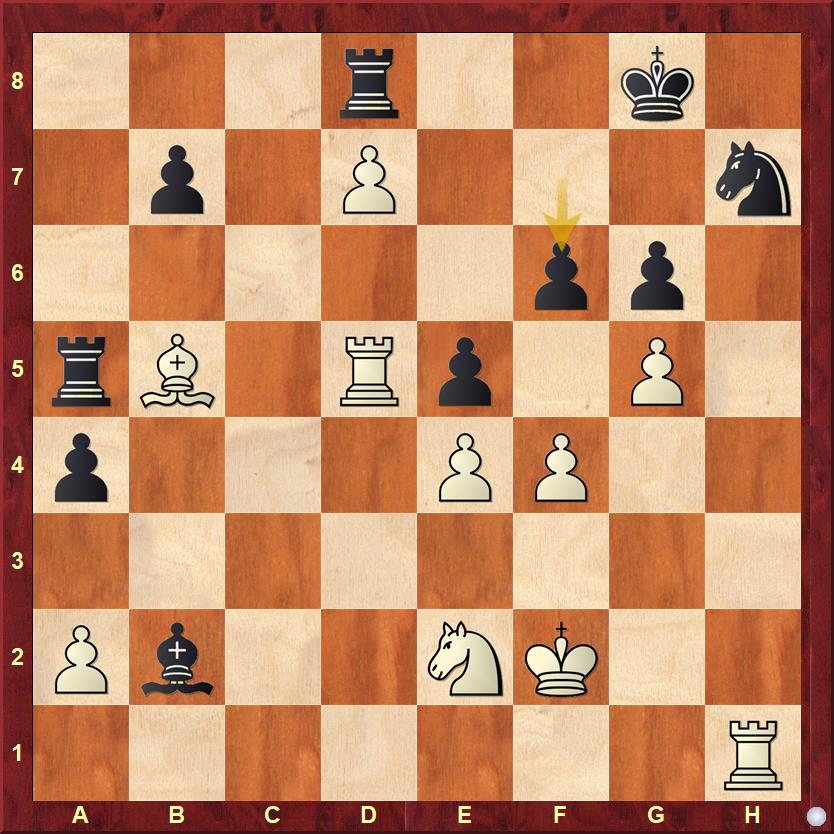
Position after 26...f6
Finally, Nunn tried to break down everything, because exf4 leaves a very passive position where nothing much is moving for black. In came a powerful move now:
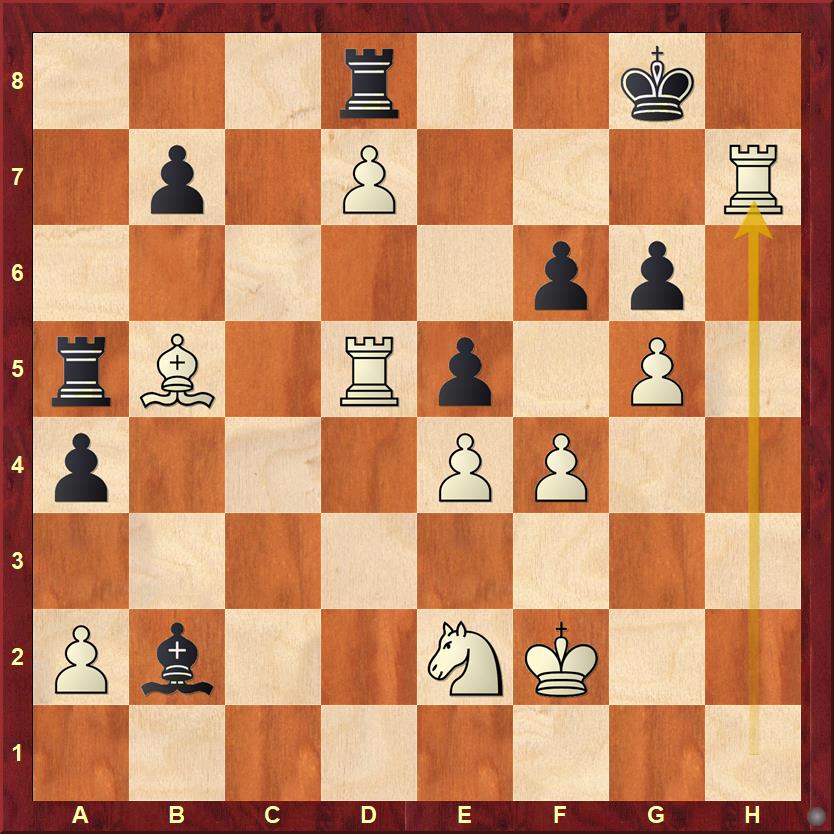
VS: From just the strength of the d7-pawn, look what has happened suddenly with a beautiful imaginative bit of play. This was probably an announcement to the whole world: Here comes a huge talent with a completely different level of chess understanding.
SS: Here's a nice picture of Team Russia after winning the 1992 Manilla Chess Olympiad.
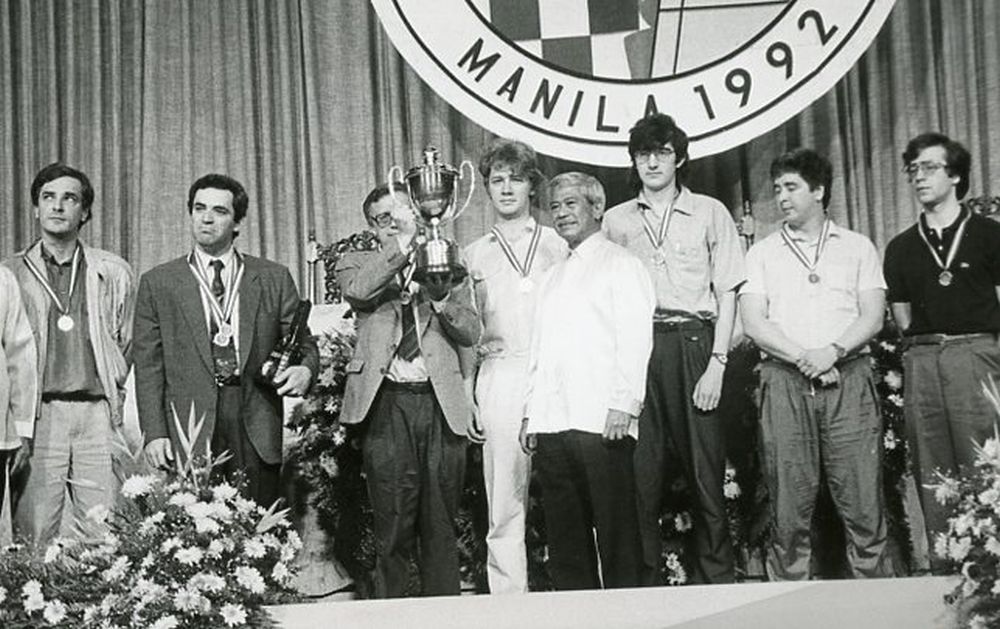
VS: In the extreme left, there is Sergey Dolmatov, one of Dvoretsky's products. Next to him is Garry Kasparov, and the one holding the cup is an official. Next to him is Alexander Khalifman, another huge talent at the time. On his right, there is Florencio Campomenes, the erstwhile president of the World Chess Federation. Next to him is of course Vladimir Kramnik with long hair. Adjacent to him is Alexey Vyzmanavin and Alexey Dreev.
Dreev, Khalifman, and Dolmatov were brilliant players. If they had not started their careers in the Soviet Union, they would've probably become much stronger players, because of more opportunities to travel and play.
SS: I had once spoken to Dvoretsky, and he said that Dreev was the most talented player he had ever seen when he was young. But of course, he had some drawbacks which stopped him from becoming the world champion.
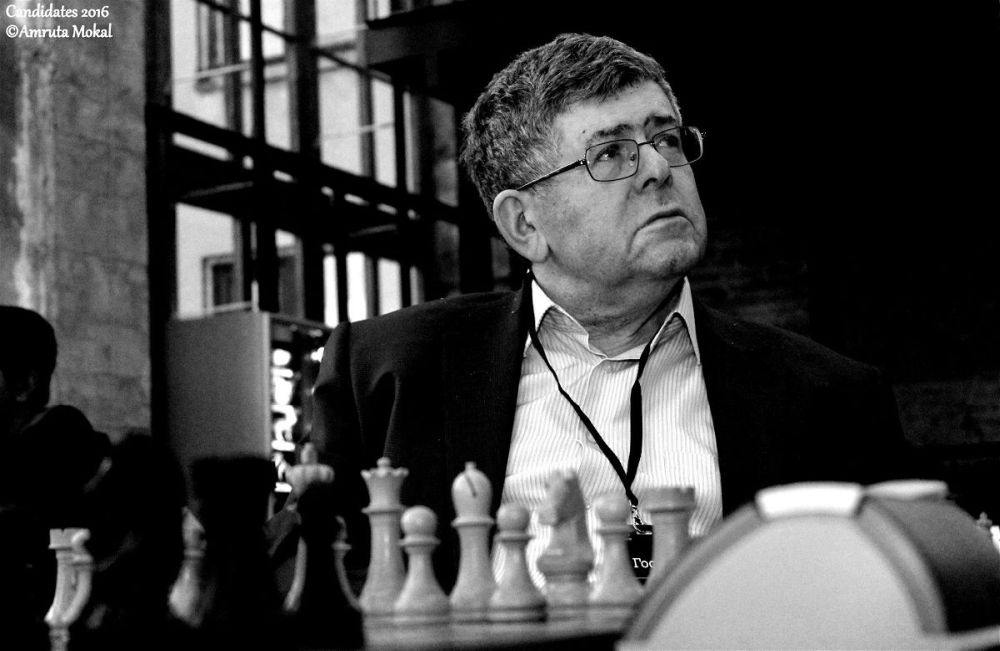
VS: About 6-7 years ago, my friend GM Venkatesh M.R had a training camp with Dreev in Moscow. Dreev taught him the secrets of the Slav defense, he is a great specialist in the Semi-Slav structures.

In many positions, Venkatesh would ask: "What is there to play in this position"? Dreev would reply "There is so much to play in this position. Look at the position more closely, look at all the nuances. There are so many small details here from which you can generate many ideas." Dreev's play was extremely subtle, and he had a very deep positional understanding. He also published a book of his own best games, called my 100 best games. I consider it one of the best books I have read!
SS: I feel that in the modern era, there are players who approach the game differently, who are built up on engines. They look at the evaluations and they understand through that. While in the past, they looked at chess in a different way. Do you think that all these very strong modern GMs who are coming up young, would benefit if they spent some time with these very different thinking players? Because that would add a dimension to their play, which would be very unique now because the engines are playing such a predominant role in the game.
VS: I fully agree with you, and I would like to qualify your viewpoint with another one. In my opinion, analysis by the engines for the sake of opening preparation doesn't apply to 95% of the chess population. Whereas, about 70% of the chess population feels that they need engines to analyze chess. Matthew Sadler has written two great books, Game changer and The Silicon Road to Chess improvement.
![]()
You learn a lot about chess itself if you go through these books, I think that is what players short of 2600/2700 need to understand. You still can learn a lot of chess by studying engines, but not by using chess engines for opening analysis. This is what I strongly feel.
Vladimir Kramnik vs Zigurds Fridrikhovich Lanka, Manilla chess Olympiad, 6th round, 1992
VS: Actually, this is one of my most favorite games. Throughout the game, don't do anything, just apply your knowledge of basic principles to the position, almost every move. You know, in our times, cheating in exams used to take place by carrying small bits of paper. They need not write the whole answer- for example, the students who struggled with history will write down the years of important historical events. Once you saw the year, you can write the answer very easily.

In this game, it's as if Kramnik put a middlegame textbook next to his table and just followed the rules. Black just gets smothered! Mind you- when this game was played, Zigurds Lanka was still a very strong player, one of the best professional GMs in the world. This was an amazing textbook play, the word "textbook" was used by Yasser Seirawan when he announced the arrival of Kramnik on the world scene in the Inside chess magazine.

That word stays in my memory forever. Whenever Kramnik plays one of these games, that's the word "textbook style of playing middlegame in chess".
SS: Textbook is more like, just sticking to the basic principles. Maybe when we used to look at games of Capablanca or Steinitz, the clarity which was there in those games was because of maybe not very strong opposition at that point. It was becoming increasingly difficult to create such instructive masterpieces, perhaps Kramnik was able to do that quite a lot.
VS: Of course, he had Brilliant tactical vision too.

VS: Actually, ...Ne5 was a novelty by John Nunn somewhere around '87 or '86. This was a very new move at the time because you are moving the same piece again, that too with black pieces, that too in a risky opening. Kramnik played so beautifully in this game! Almost effortlessly he treated this novelty like a bad move, it's as if he's telling his opponent "Why are you moving the same piece twice in the opening"?
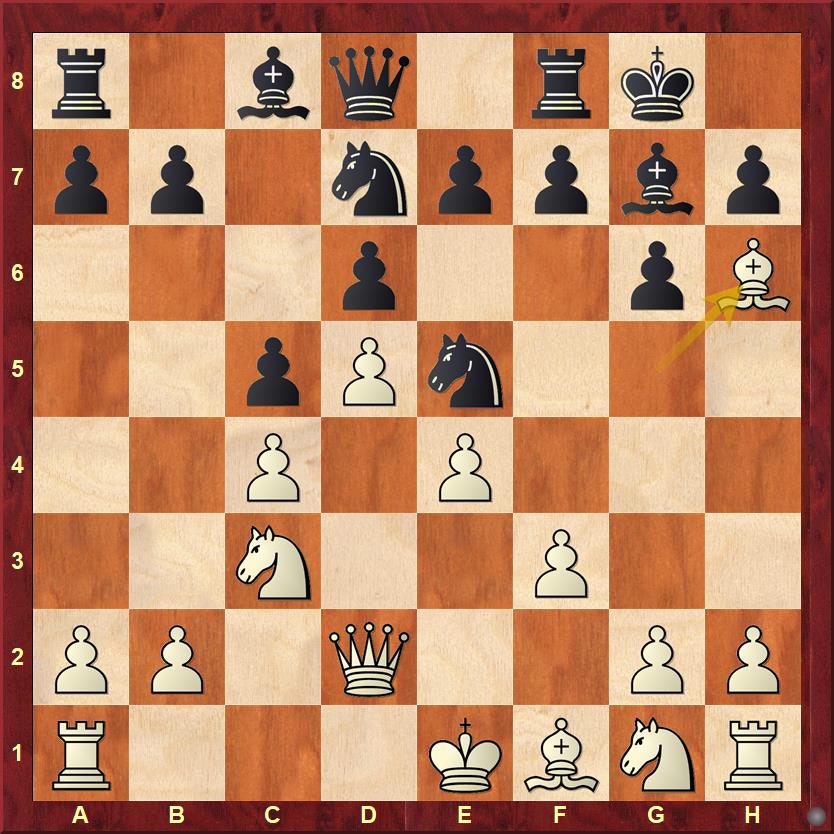
VS: Have you ever seen the same piece moving thrice in the opening? The Bishop went to e3, g5, and h6. But, the justification is Black's moves Nb8-d7-e5 and Ng8-f6-d7. White has a justification, a space advantage, and has created dark-squared weaknesses on the kingside for Black after 10...Bxh6 Qxh6.
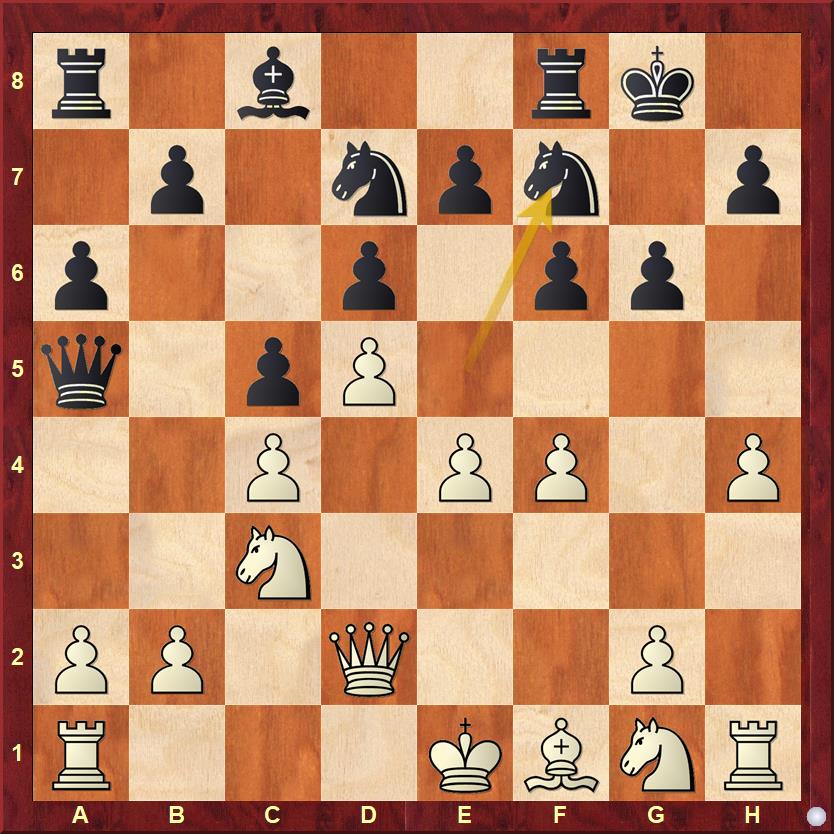
VS: This is the first triumph for Kramnik. Just look at the Black knight on f7- it is restricted forever.
SS: After 15. Nf3 Rb8 16. a4 Nb6 17. Bd3 Bg4 18. Nh2 Bd7 19. b3 Kh8, Kramnik castles kingside. Bit surprising, I would've thought he would use the rook down the h-file, play g4, etc.

VS: Nothing fancy, no drama. Just follow that cheat sheet you have next to you. Follow the principles.
SS: After 20...Na8 21. Qb2 Rg8 22. Nf3 Bg4, I think used his tactical prowess and broke through with e5!
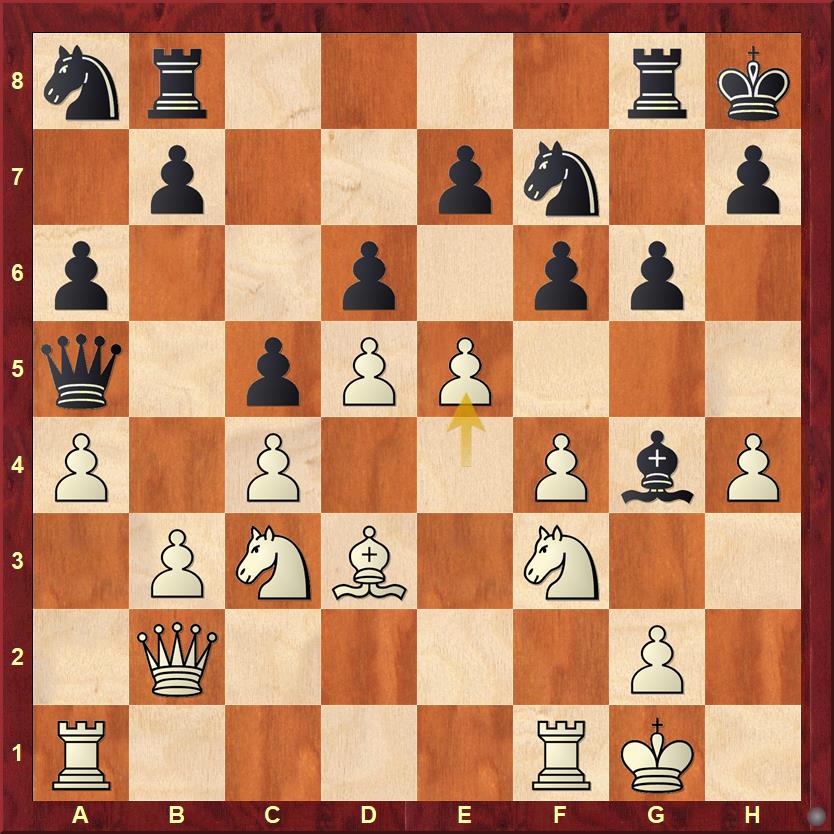
Position after 23.e5
After 23...Bxf6, if you take back 24.Rxf6 then White is just losing the pawn with 24....dxe5 25.fxe5 Nxe5. So, Kramnik played 24.exf6!
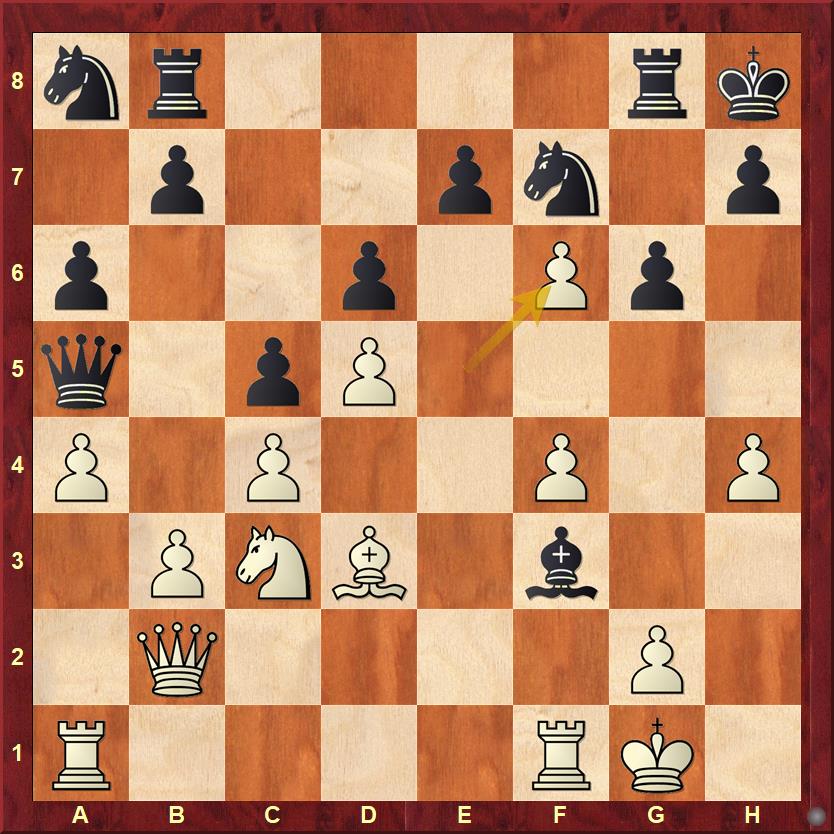
VS: Look what he did! He did it exactly when the Black knight is on a8. Just look at the timing! He took maximum benefit of the opponent's crampedness and some kind of development disharmony. The queen on a5, Knights on f7 and a8 are out of focus, that's when he breaks in the center.
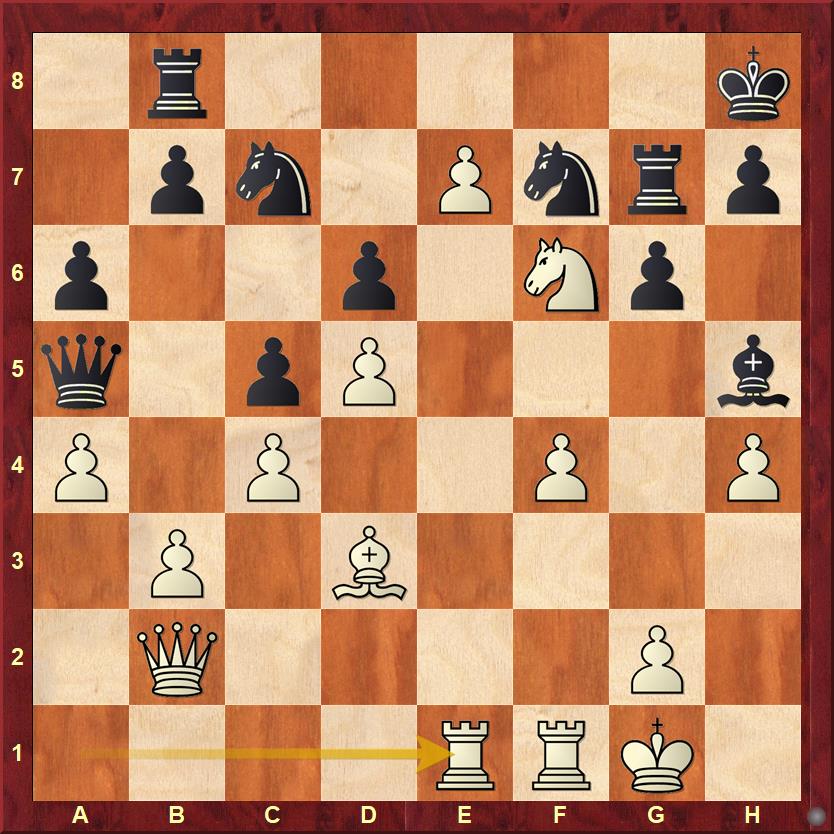
VS: Here, White can get his piece back with g4. But he doesn't bother! Peter Svidler said in one of his commentaries:
In many positions, it is useful to ask yourself "What would Anatoly play in this position?"
Such questions always help you something about their play, the most significant arsenal in their armory. Basically, that is where you realize that it is not necessary at all to go back for the piece because your e7-pawn is too strong. Just bring the rook to e1, the other things will take care of themselves.
SS: I think it's very important to look at such games so that when you play, you can also try to play that way. Because many times we are so materially oriented, right? From a young age we are talking about, you know, pieces are worth 3 points, a pawn is worth one point, and it doesn't change in our psyche for a long time. When you look at such games, you understand the concepts of activity, a pawn in 7th rank, etc.
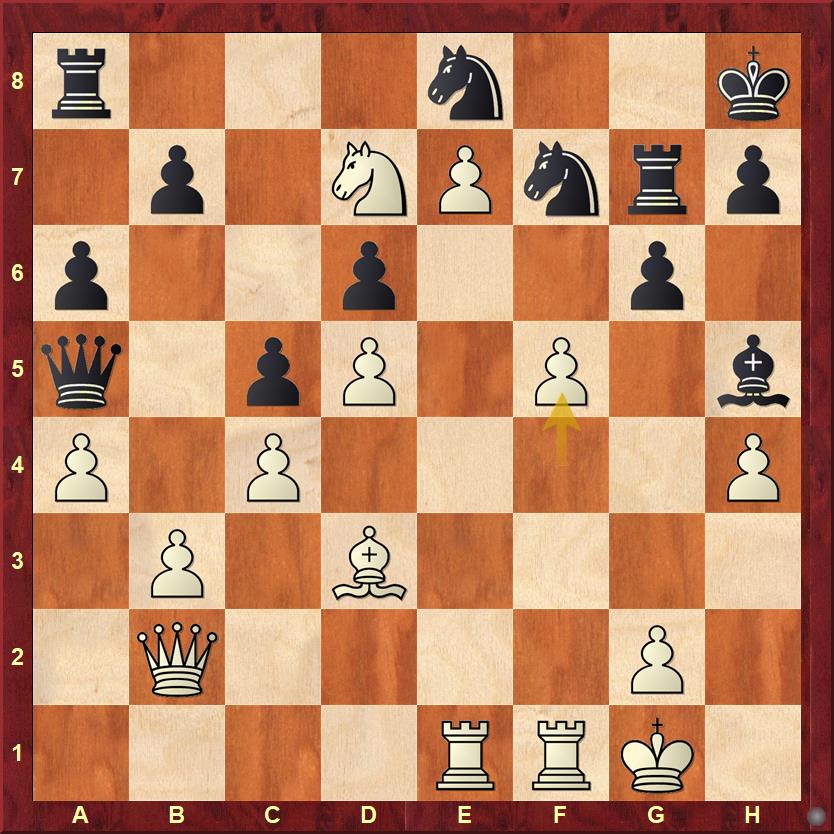
VS: In this position, the board is a little chaotic. Otherwise, you would say Anatoly Karpov is playing white! Look at all the pieces towards the center, all coordinating with each other, and no counterplay for Black. Except for the piece, sacrifice part, it is Anatoly Karpov.
VS: Vladimir Kramnik at the Manilla Olympiad 1992 was amazing. I don't know if anyone else has made an entry into the big stage this way. You watch one of those Salman Khan or Rajinikanth movies and the hero makes an entry, it is like one of those entries!
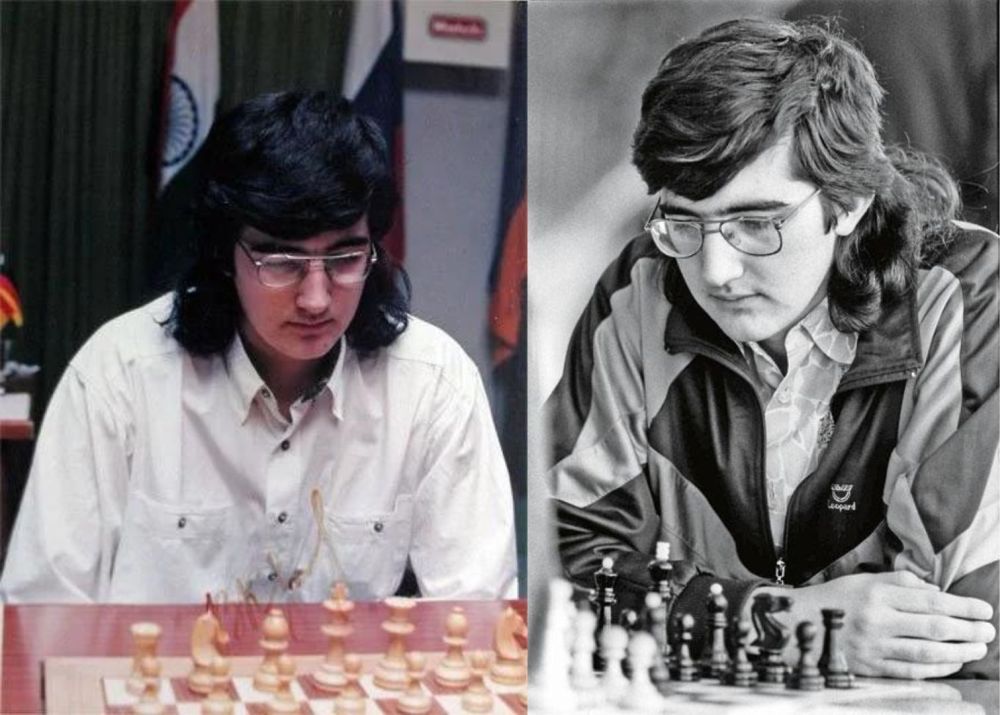
SS: I think it is from this Olympiad when people started taking note of Kramnik, and then he went on to dominate the world of chess. Once again, the Olympiads prove to be the ideal ground for new talents to be spotted.I was lucky enough to spend time with him in the Microsense Camps which were held in France and Chennai.

It was tremendous- the way in which he guided the youngsters of Indian chess, the way he was sharing his knowledge. And it was again this one quality, which I keep seeing so much in these world champions: when they have something with them, they want to share it with the youngsters. We saw this with Botvinnik and Kasparov. We see it with Anand, who's doing it with the Westbridge Anand Academy.

It doesn't matter that the players are from which country, it's just like talent recognizes talent.
VS: I have spoken with a couple of boys who attended those sessions by Kramnik and Gelfand. They both told me the same identical thing. What struck them the most about Kramnik was, the depth of how much he sees in a position. One of the principles of Kramnik is-
You become a super strong player by learning to calculate when apparently there is nothing on the board to calculate.
This is basically how you become very strong players, by learning to calculate. But in the process, these two boys who attended told me that the most important quality they learned from him, was the depth to which he sees the position. Mm. They say, even now he has insights about any position, which an engine cannot offer. The engine offers only the perspective in the current position, whereas Kramnik sees the future. This was something very profound and very lucky that such wisdom reaches our youngsters at such an early stage.I think Kramnik and Gelfand have done a very good service for Indians by doing these camps. Hopefully, they'll continue also!
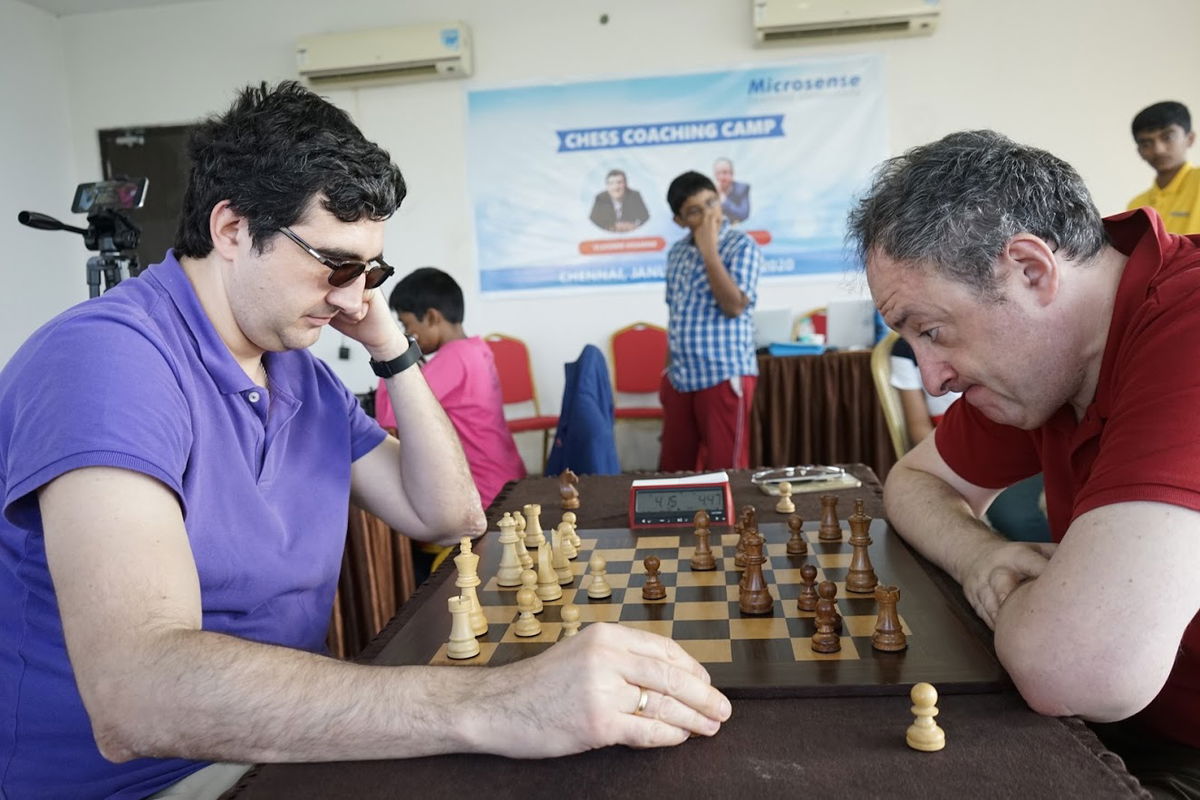
SS: There was one part of the camp, where the kids would come to Kramnik with their problems. Kramnik would not answer immediately, because he would say "what if you yourself have not recognized what your problem is?" So he would say, I need to see your games properly. Maybe there is something else, you have not diagnosed the right problem. That was very interesting to see!
VS: Kramnik's sense of humor is also quite famous! You know, on the New in Chess magazine, you have this last page where you check out facts about people, just one-liners like Who's your favorite actress? What's the series you are watching? What's the best book you read, questions like these.

There are these two questions that Kramnik answered-
Question: If not yourself, who you would've been in this life?
Kramnik: Overall I think the male lions live the best lives.
[Saravanan chuckles] you don't need to hunt and you get your food anyway. The second one was too much actually!
Question: Who is your favorite actor?
Kramnik: Garry Kasparov.
SS: It was great fun getting to know about Kramnik's rise in the Olympiad. Thank you, Saravanan!
VS: Thank you, Sagar!












































































































